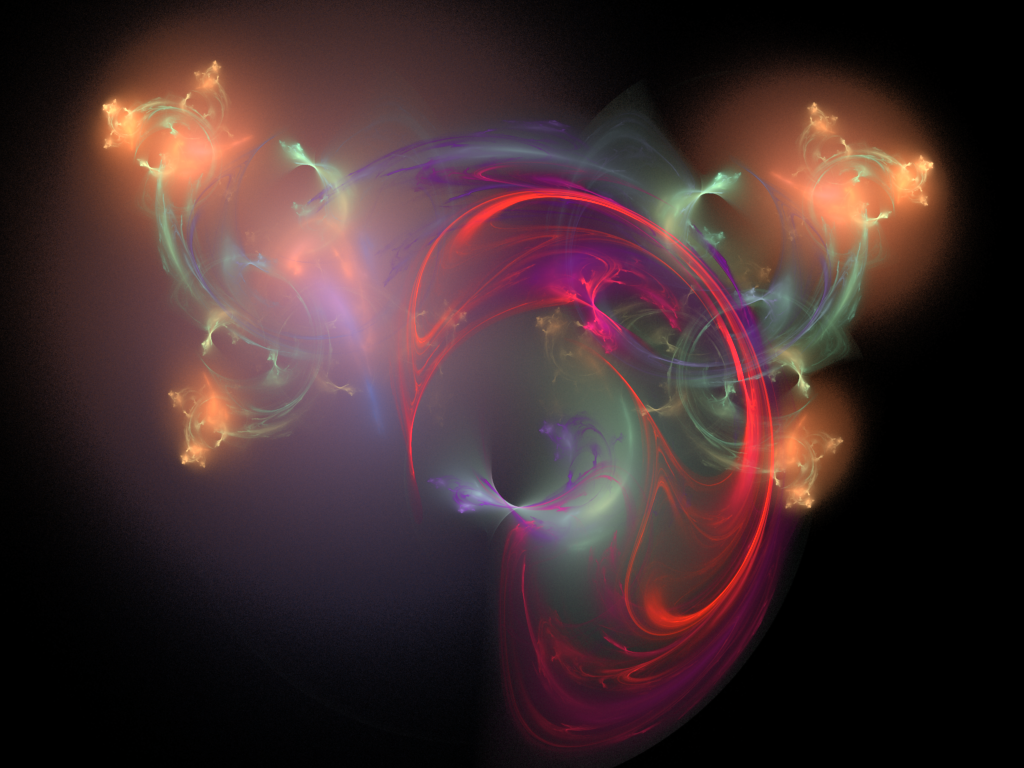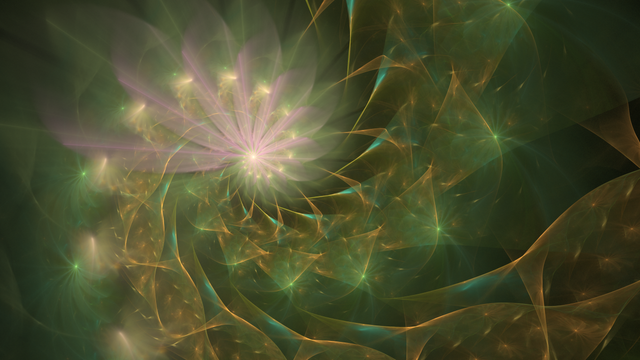HOME | DD
 morphapoph — Apo Random Flame-Gradient + Rotations Script
morphapoph — Apo Random Flame-Gradient + Rotations Script

Published: 2011-11-16 12:28:51 +0000 UTC; Views: 2252; Favourites: 19; Downloads: 355
Redirect to original
Description
This is a prototype of a script that I want to develop further. It combines three different functions in one script.According to the responses a user supplies to an input dialog, the script will do one of the following:
1. Create a random flame.
2. Apply a random gradient to that flame or to the current main window flame.
3. Rotate the xforms of the new random flame or the main window flame.
Until the user chooses to exit the script, these options are presented every time the chosen action is completed.
That is, actions can be performed more than once without exiting the script.
The option to exit will be available every time the dialog appears after the first time.
I think it should be an easy script to use by just following the prompts on the dialogs.
Random flames are generated by Apo's own function (in the scripter that command is: RandomFlame(0)).
Random Gradients are also generated by Apo (in a script, the command is simply: RandomGradient).
When transforms are being rotated, the script may be stopped at any time (use the Stop button or press the Spacebar during the animation).
So at that point a user could: 1. generate a new flame, 2. change the gradient, 3. continue rotations, or 4. exit the script and update the main window with the image in the small preview window.
For rotations, xforms will be rotated a total of 360 degrees if the user doesn't stop the progress before that point. The total number of degrees rotated is shown in the Status bar of the main window.
If the animation proceeds through all 360 degrees the flame will be returned to it's appearance in the preview window before the rotations began.
Once again, the main window is not updated until the user exits the script.
Users can exercise some control over the type of random flames that are generated through Apo's Options dialog (ctrl-p).
The random flame function will only use variations that have been checked off under the Options' Variation Tab.
The setting in the "On Random Flame" section at the upper left of the Gradient tab in Options determines how the script generates a random gradient.
The main idea of the script is to provide some entertainment (the animation) while generating random flames for later tweaking.
In fact, the animation itself is a form of "tweaking" since the triangles are being moved to create the animation.
(The same rotations could be done manually in the Editor but only at a much slower pace.)
I should also point out that flames shown in the preview are only temporary until they are updated in the Main Window.
You can always update the main window by exiting the script and then rerun the script to change the gradient or to continue rotating transforms.
The script may also be of interest to other script writers.
I believe many flame generating scripts by other writers could be inserted into this script in place of the "RandomFlame" command.
It would depend on the individual script, but most of those I've looked at could be modified so they would work ok if they were embedded in this script.
Some wouldn't work so well. I'm open to any interested script writers contacting me for more info or for help integrating their scripts.
The script currently is not capable of saving images, neither individual flames nor animation frames.
Those may come eventually, but I wanted to see if there was much interest in this basic version first.
The image on this page was generated by the script and the parameters are embedded in the image.
It's not necessarily representative of the random flames the script generates, but I needed an image for the deviation.
Oh, and this information shown here is included in a text file in the download package.
Related content
Comments: 8

Fantastic script I tested it wirh my scrips inside,it works well,no problems.if the preview runs to fast I just make it bigger and that slows things down enough.
Thank you so much for making and posting this one.
Its what I wanted but never could make.
👍: 0 ⏩: 1

Excellent!
I wasn't sure if other script writers could figure out how to use this script as a base.
So your positive feedback is very welcome.
You can also raise the value for Flame.SampleDensity (in the rotation section) to slow down the animation.
I resize the Preview window and also raise that density value on my faster computer.
👍: 0 ⏩: 1

works great with all my scripts
Thanx again
👍: 0 ⏩: 0

Profound is all i need to say bout this
Thank you to much
great stuf gonna try this now
👍: 0 ⏩: 0

Your rotation feature is most interesting because the main window trying to update continuously is a drag - literally. I'm jumping on this. *love to be able to control that main window update all together*
The embedding potential is dynamite! A lot of the scripts could use an overhaul. What to do when the original author hasn't been around in years?
👍: 0 ⏩: 1

Changing the way the main window updates is probably a bit of a coding nightmare.
I don't really know, but making changes to a flame just about anywhere in Apo changes values all over the place.
It's seems like it would be complicated.
...A lot of the scripts I've seen are mainly just a sequence of added transforms that apply certain variation values and maybe a few other flame properties.
Those scripts probably wouldn't be too difficult to "embed". Scripts that have their own input dialogs would be more challenging - but I think not impossible.
I don't use other people's scripts very much. I've spent some time tweaking some of them in the past but not with very satisfying results.
I would be reluctant to use "abandoned" scripts without the author's permission or participation.
I think there would be no harm, but I wouldn't want to take the chance of offending someone.
👍: 0 ⏩: 1

I feel the same way about the abandoned scripts. Definitely not up for drama. 👍: 0 ⏩: 1
btw I tried the
Thanks for getting back to me and in depth too!

I think it's more stretching/compressing than blurring. If you drag from somewhere in the middle of the gradient you can see that more clearly.
If you have some gradient with colors you like except for one part, you can put that part near one of sides of the window and drag it right out of the gradient.
ApoMap is a better utility for editing gradients though.
👍: 0 ⏩: 0




























